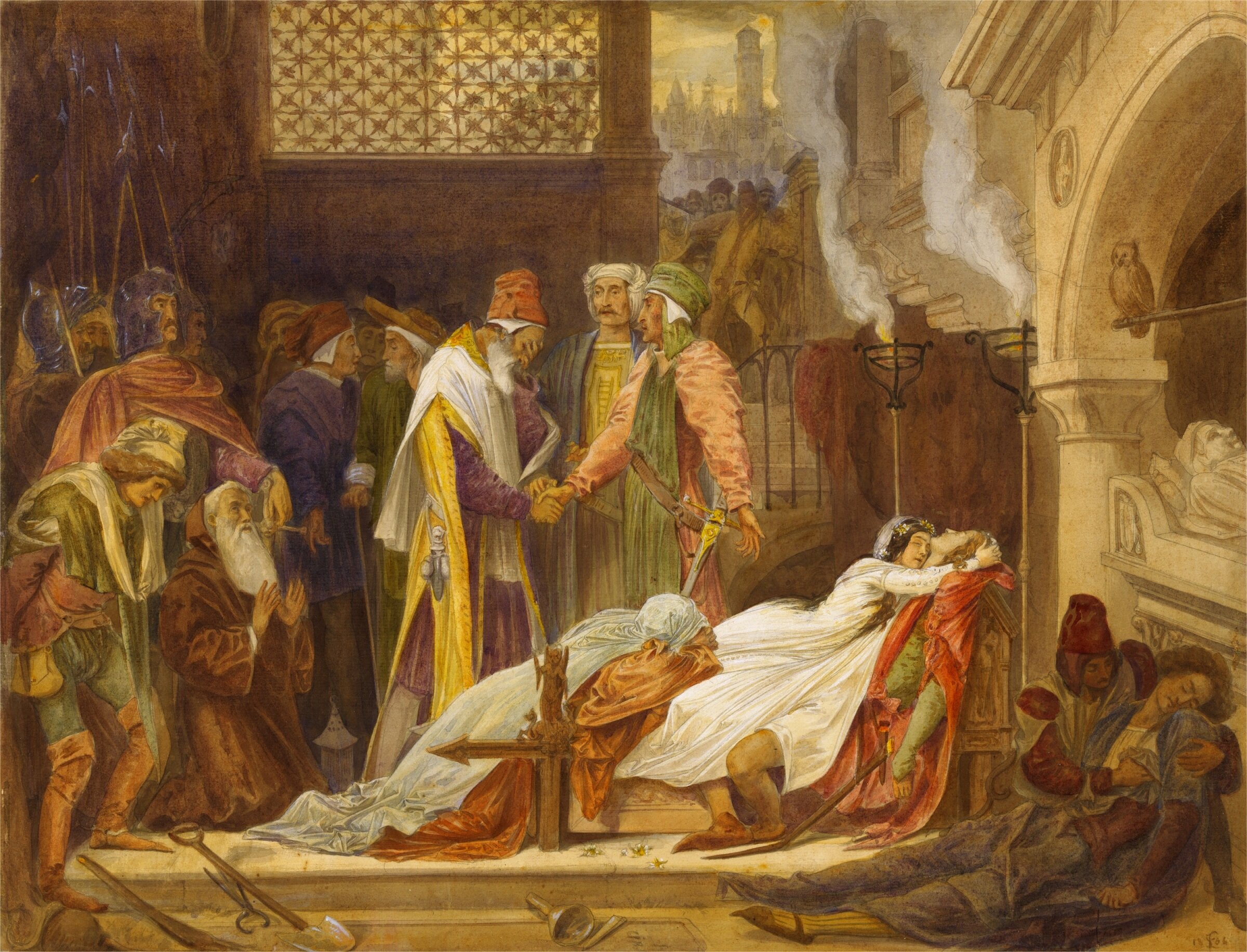The Developing Adventurer

If you want to imagine how dangerous it is to be around adventurers, imagine yourself at age eighteen with the power to throw fireballs. Scary, right?
If you want to imagine how dangerous it is to be around adventurers, imagine yourself at age eighteen with the power to throw fireballs. Scary, right?
According to the Dungeons & Dragons SRD, a typical human adventurer starts, as a level 1 character, at an age equal to 15 years plus 1d4, 1d6, or 2d6 years depending on their class. The Pathfinder SRD gives the same numbers, and elaborates in a little bit more detail on what the D&D SRD assumes you already know, that it takes longer to learn to be a wizard or cleric than it does to swing a sword. Looking at these numbers, we can infer that in theory, most human adventurers start their "careers" between the ages of 16 and 23. Not coincidentally, one can point to the parallels in our world, where between these same ages, Western youths are finishing high school or university and starting their own careers, and one would have to imagine that kids in both situations probably find themselves facing a lot of the same questions. The point is this: level 1 characters are, by and large, adolescents. Some of them might be unusually mature for their age, but anatomically and physiologically, a sixteen year-old is not the same as a thirty year-old, and thirty year-olds playing sixteen year-olds can forget that sometimes.
So here's something we often overlook when we create characters: a teenager's brain is measurably different from an adult's brain. Adults make a lot of jokes about teenagers and the way they see their world, but teenage impulsivity, emotionality, and hedonism aren't simply related to youthful immaturity. The human brain -- and presumably the brains of elves, dwarves, and orcs -- is a truly astounding device which is nowhere near finished developing when a child is born. The brain continues to grow and develop throughout childhood and into adolescence, pretty much all the way into adulthood. At sixteen, the brain is still undergoing extensive internal remodeling: old neurons are being pruned away, new neurons are developing, and new connections and synapses form between them. Neuroimaging studies have also shown something that actually goes a long way to explaining human behaviour: brain development during the teenage years starts in the back of the brain and slowly progresses forward. The brain becomes increasingly power and efficient starting in areas that control vision and movement and from there into areas that control such functions as memory and emotion. The very, very last parts of the brain to finish developing are in the frontal lobes, which control logical thinking, emotional regulation, self-control, long-term planning, and moral judgment. Development of the frontal areas can still be ongoing well into the 20's.
Then there's an interesting question: has a level 1 character finished puberty yet? In modern Western countries, puberty tends to begin around the age of 11 for girls and 11 or 12 for boys, finishing in both sexes around the age of 17, but all the data shows that puberty has been starting younger and younger. It's now believed that for decade, kids seem to be starting puberty about half a year to as much as a year earlier, so your grandparents may have started puberty a good three or four years later than you did. There's historical data showing that two to three hundred years ago, both sexes began puberty closer to age fifteen or sixteen. No one has fully explained why this is; part of it seems to be better diets, which allow the body to develop faster. Part of it seems to be kids' increased exposure to sex as a concept, which may change hormonal development. Whatever the case, it begs the very real question of whether kids living in a medieval fantasy setting finish puberty before they leave home to slay their first dragon. Depending on what sorts of issues a player feels comfortable role-playing, this may give storytellers some interesting material to work with.
Just how out of control should a teenage character be? Current data suggests that not all teenagers really have such a hard time of their adolescence. Pediatric psychiatrists currently believe that about one-third of all adolescents probably meet criteria for some disorder or another -- which by no means indicates that they need treatment for it -- and one third are okay "most of the time." At least one third of kids probably get through adolescence without any particularly horrific "storm and stress," but sadly, we have no data on how many of these well-functioning kids go on to become adventurers. My suspicion is that a lot of the kids who leave home to seek a life of violence are those for whom the adolescent years are tough ones, but nobody can say for sure.
A little more than four years ago, Dr. Eris Lis, M.D., began writing a series of brilliant and informative posts on RPGs through the eyes of a medical professional, and this is the one that appeared here on March 9, 2013. Lis is a physician, gamer, and author of the Skirmisher Publishing LLC OGL sourcebook Insults & Injuries, which is also available for the Pathfinder RPG system.






